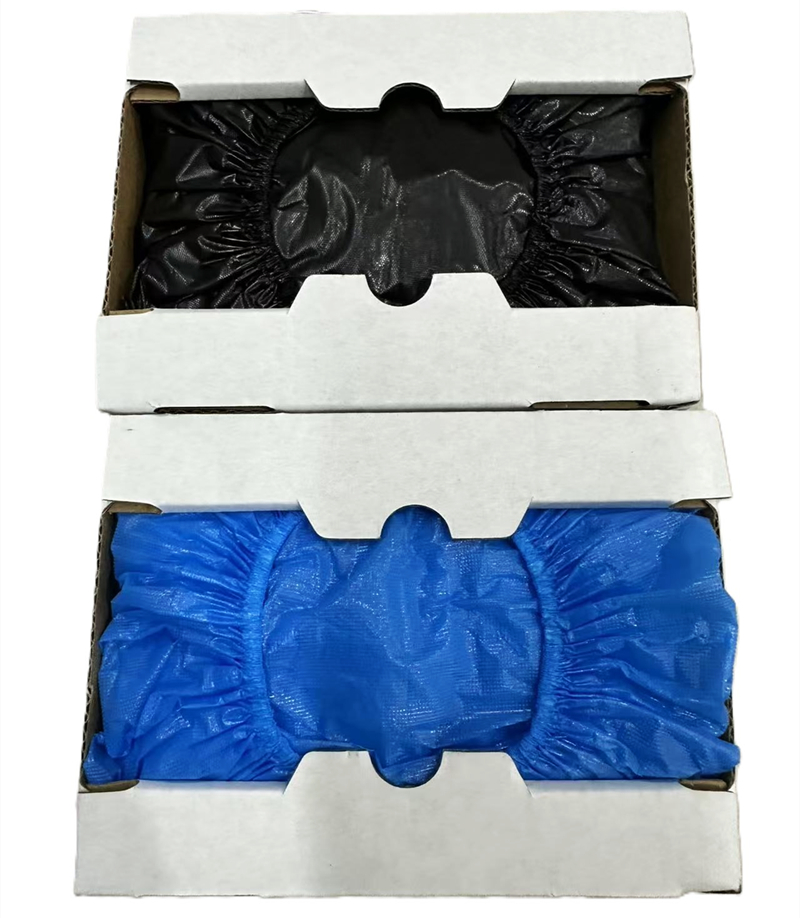1.Stop germs fast with medical protective clothing that is disposable
Medical protective clothing is disposable to stop germs. It is single‑use. You wear a fresh set. You finish the task. Then you take it off and throw it away. This simple step keeps rooms clean. It helps block the spread of germs from one person to the next. No wash is needed. No mix‑ups happen. A new set means a new barrier each time. That is why medical protective clothing is disposable. It keeps care safe, simple, and clear for all.
2.Quick, simple, and ready every time with disposable gear
Disposable gear is fast. Staff grab a sealed pack. They put on the medical protective clothing. It fits and works at once. After care, the set goes in the bin. There is no laundry to wait for. No drying. No repair. Rooms turn over fast. Schedules stay on time. A single‑use system saves steps and saves time. It also saves water and power used for wash loads. This is why medical protective clothing is disposable. It keeps the day moving with a clean start for each person.
3.Strong barrier for fluids, spray, and dust, then safe to toss
Care can get messy. There can be small fluids, light spray, or fine dust. Medical protective clothing adds a barrier layer. It helps keep skin and scrubs dry and clean. When the job is done, the disposable set is removed and thrown away. The mess goes out with it. No one has to carry a dirty set to a wash room. No one has to store it. This makes the space cleaner. This is a key reason why medical protective clothing is disposable.
4.Steady quality, easy stock, and fair cost with single‑use
Single‑use sets come sealed and ready. Each pack looks and works the same. Teams can count them fast. They can store many in a small space. When it is busy, they just open more. There is no risk of shrinkage from hot washes. There is no wear from many cycles. This keeps fit and cover steady. It also cuts hidden costs from lost or torn wash items. That is why medical protective clothing is disposable. It keeps quality steady and stock simple day by day.
5.Clear rules, safe steps, and trust you can see
People trust what they can see. A fresh, sealed set of medical protective clothing shows a clean start. Staff follow clear steps. Put on the disposable set. Do the task. Take it off in the right order. Put it in the right bin. Wash hands. These simple rules help prevent touch from dirty to clean areas. Rooms look neat. Care feels safe. This is why medical protective clothing is disposable. It gives a clear sign of care to every person, every time.











